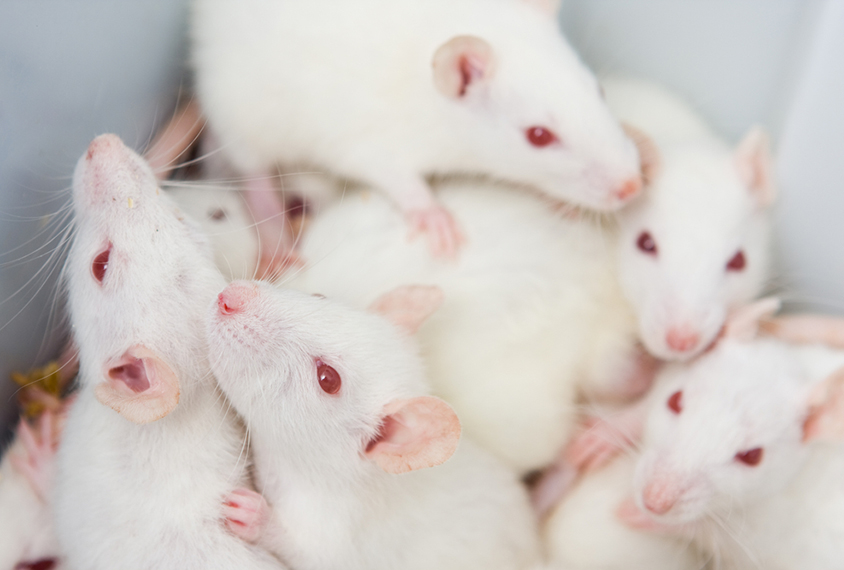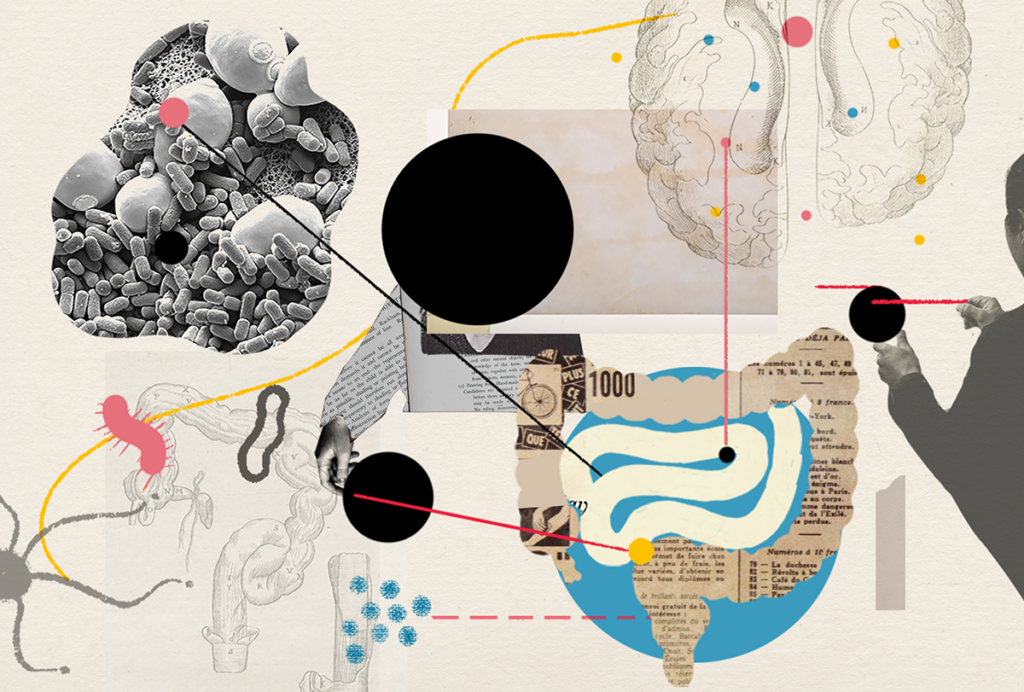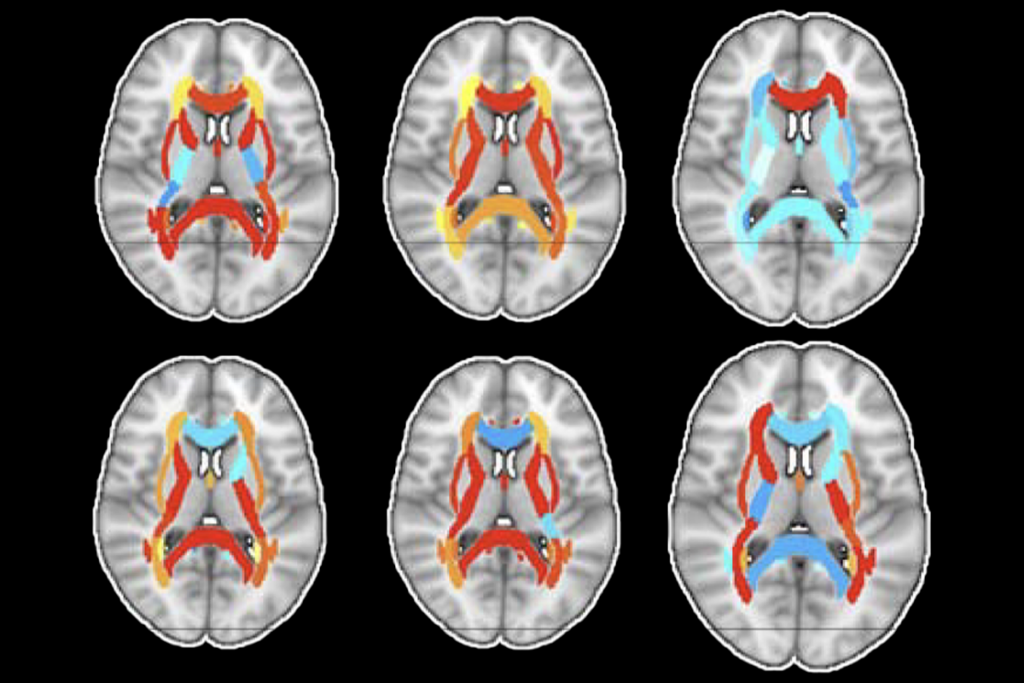
niderlander / shutterstock
Rodent ratings reveal periods of vulnerability to harmful exposures
Nongenetic rodent models most relevant to autism tend to be those exposed to environmental agents in the womb or shortly after birth.
Nongenetic rodent models most relevant to autism tend to be those exposed to environmental agents in the womb or shortly after birth, suggests a ranking of the models.
The database catalogs 185 mouse and rat models exposed to one of 70 environmental factors, such as infectious agents, anti-seizure drugs and toxins. The database refers to these rodents as “induced models.”
The findings suggest that exposure to environmental factors during development can influence autism risk, says Anjali Sarkar, bioinformatics scientist at MindSpec, the Virginia-based nonprofit that created the database. Sarkar presented the unpublished findings today at the 2017 Society for Neuroscience annual meeting in Washington, D.C.
Sarkar and her colleagues evaluated the autism-like features of each model. These features fall into three categories, based on the core characteristics of autism: repetitive behavior, social difficulties and communication problems.
They assigned a score to each category of every model, based on the overall strength of evidence available. They assigned the highest scores to features backed up by more than one peer-reviewed paper, and the lowest scores to features not relevant to autism. They ranked the models for each category of autism features and also summed the scores for overall ranking.
Scoring hits:
The highest-ranked animals are mice exposed in the womb to poly I:C, a compound that simulates a viral infection, and rats exposed in the womb to valproate, an anti-seizure medication.
The researchers then explored how the models’ scores vary with the age at which the rodent was exposed. They averaged the scores of rodents exposed at the same time points and found that the highest scores coincide with mid-fetal development as well as the second and third weeks of life.
The findings jibe with reports suggesting that many autism candidate genes function primarily in the brain during mid-fetal development. This suggests that environmental factors linked to autism affect biological pathways regulated by genes tied to the condition, Sarkar says. “This boosts support for studying the induced models,” she says.
Following publication, Sarkar and her colleagues plan to add the ratings to AutDB, a repository of autism research findings. They also plan to add information about other animal models of autism, including zebrafish and fruit flies.
For more reports from the 2017 Society for Neuroscience annual meeting, please click here.
Recommended reading

Going against the gut: Q&A with Kevin Mitchell on the autism-microbiome theory

Constellation of studies charts brain development, offers ‘dramatic revision’
Explore more from The Transmitter

How will neuroscience training need to change in the future?


